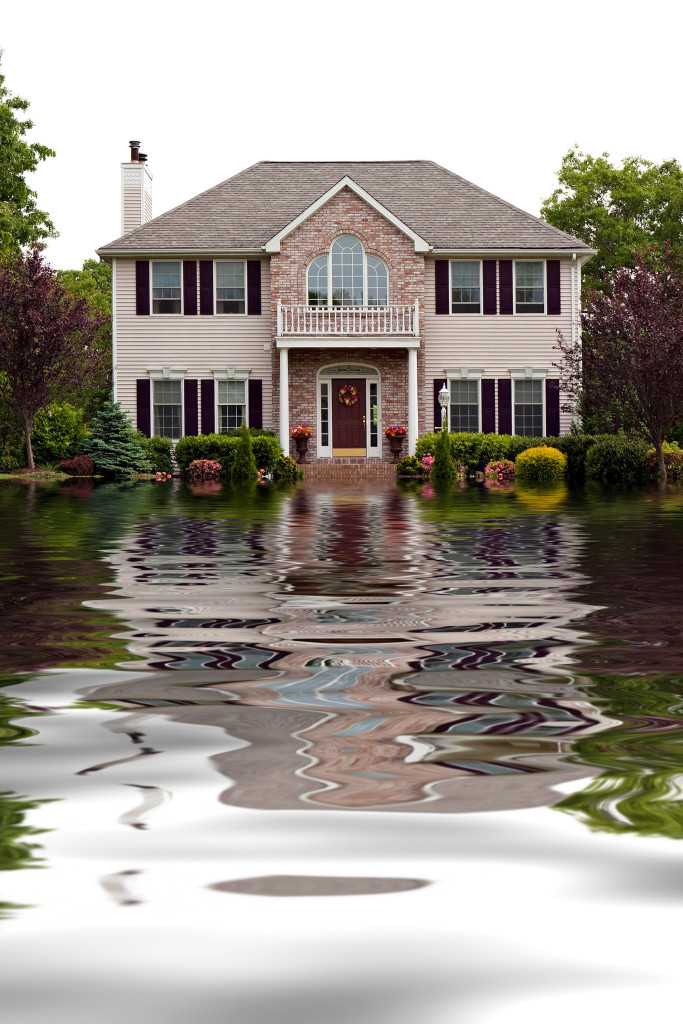- Don’t walk into the water! You could get electrocuted. Cut the power to your house or contact your utility company BEFORE heading into the water.
- Contact your insurance agent. Take pictures of the flooding and damage as you dry your basement out. Ask your insurance company if they want to send out a representative to view the flooding. Save all receipts related to the flooding and clean-up.
- Pump the water out. Be careful! Don’t plug in your shop vacuum into a downstairs outlet when you have standing water. Use an extension cord or a generator (that is kept outside the basement) to power your shop vacuum. If you don’t have time to pump the water out, contact an experienced professional from Y’s Way Flooring to remove the water from your basement.
- Start drying your basement out. Make sure you have the ‘all clear’ from your power company before you turn the electric back on so you can plug in dehumidifiers and fans.
- Have the furnace inspected. Before you turn your furnace back on, contact a professional HVAC technician to check your furnace to make sure it’s safe and functional.
- Start sifting through your wet items. Throw away any irreparably damaged items. Do not keep any mechanical or electrical items. Move wet furniture to a dry place with fans that can dry it out.
- Find the source. You don’t want to start storing items or putting up new drywall until you have identified and repaired the source of the flooding.
- Be patient. Don’t rush to rebuild your basement until you are sure that the flooring and walls are completely clear of moisture. If your basement is finished, the drywall and insulation needs to be sanitized or replaced to avoid mold growth.
- Remove and replace. Remove the drywall and wet insulation with masks and repair the damage, or contact a professional that can. If the damage is too severe, replace the drywall and insulation or get a quote for a contractor.
- Start shopping for new flooring (if needed). If your basement flooring needs to be replaced from the flooding, use our recent post to select the right flooring for your basement. There are floors that shouldn’t be installed over a concrete slab (here’s why). For any questions about your basement flooring options, contact the experts via email or message Y’s Way on their Facebook page. Their experts can help you select the right flooring for your basement—hopefully flooring that won’t see water anytime soon.
Water in my basement! 10 steps to a dry basement
A flooded basement is the last thing any homeowners expect to see, but it does happen—and usually at the most inconvenient time. When you do find a basement full of water, it’s hard to know what to do through the rising panic. That’s why we’ve laid out the 10 steps you need to take back your basement, and turn it back into a usable space again.








